Nikon has announced the Nikon Zfc, a 20.9 megapixel, APS-C mirrorless camera. Based on Nikon’s film-era FE and FM SLRs, the retro-styled Nikon Zfc certainly catches the eye.
However, much of the Nikon Zfc’s performance can already be had in the modern form of the Nikon Z50. And if you prefer the Zfc’s classic looks, there’s stiff competition from the Olympus M10 mk4 and Fujifilm X-T30. So, what exactly is the Nikon Zfc, and is it worth buying one. Jump to Conclusion
Shop Now
Browse Nikon Zfc in
Table of Contents
Nikon Zfc overview
The Nikon Zfc is best described as a retro-styled marginal update of the Nikon Z50. In other words, it’s a hugely competent camera that you want to be seen with. Not bad.
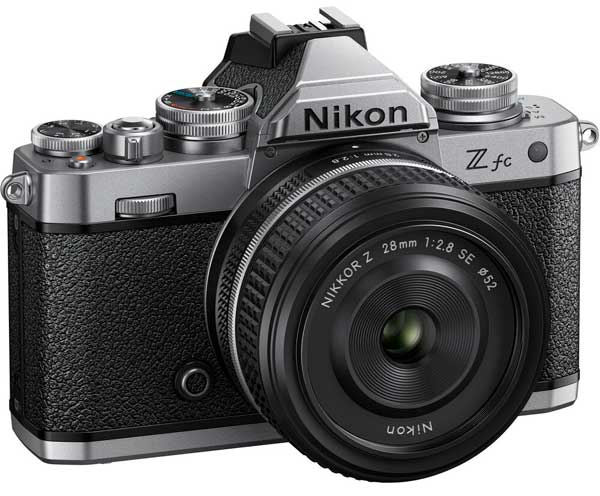
Nikon Zfc Sensor Size and Image Quality
At the heart of the Nikon Zfc is the same 20.9-megapixel backside-illuminated APS-C-sized sensor found inside the Nikon Z50. Whilst the Zfc’s megapixel count falls a little short of the competition, the Z50 is known to produce attractive images. Read Camera Sensors – a beginner’s guide.
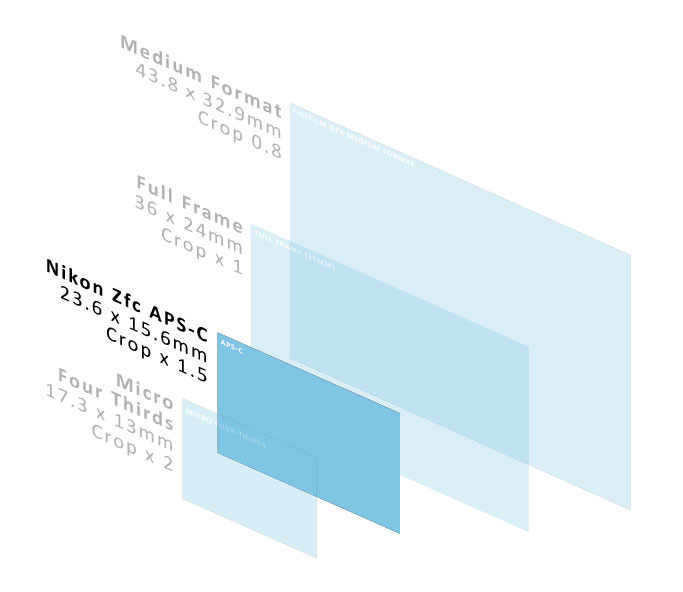
Unlike the similar priced Fujifilm X-S10 and the much cheaper Olympus OM-D M10 mk4, the Nikon Zfc lacks IBIS (in-body image stabilization).
Nikon Zfc Performance Compared
With its mechanical shutter, the Nikon’s Zfc shoots up to 11 photos-per-second with full autofocus. This is particularly impressive considering the more expensive Nikon Z5 is limited to just 4.5 frames per second.

Furthermore, the Zfc can capture 4K30 video for up to 29 minutes or shoot slow-motion 1080p at 120 frames per second.
Like many Nikon Z cameras, the Zfc features modern-day autofocus perks such as eye-detect, tracking, and animal-AF. Unlike Nikon’s DSLRs, the Zfc’s 209 AF points cover 87% of the frame, ideal for tracking off-center subjects and creative compositions. And with an F1.8 lens attached, the Zfc can focus in light as low as 3EV.
Sadly, the Nikon Zfc does not feature inbuilt image stabilization, also known as IBIS. This is a real shame, but at least the Nikon Z DX 16-50mm F3.5-6.3 VR kits lens compensates with optical stabilization.

As for longevity, the Nikon Zfc’s battery is somewhat average and is rated for 300 shots though you’ll likely get more shots than that. If you do find yourself powerless, you can charge and power the Zfc via its USB port.
Body and Construction
The 390-gram (body-only) Zfc appears to be well built with a lightweight magnesium alloy frame and aluminum dials. Like many Nikon cameras, the Zfc features front and rear control dials. Unlike all other in-production Nikon’s, the Zfc is equipped with classic shutter speed, ISO, and exposure compensation dials.
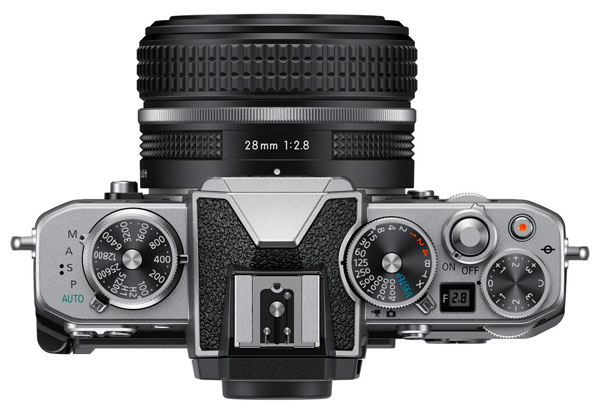
On top of the camera is a nice but par-for-the-course 2.3k dot OLED viewfinder. Around the back is a fully articulating 1 million dot touch screen, ideal for creative compositions and vlogging. While some hate flip-out screens, I’d never buy a camera without one.
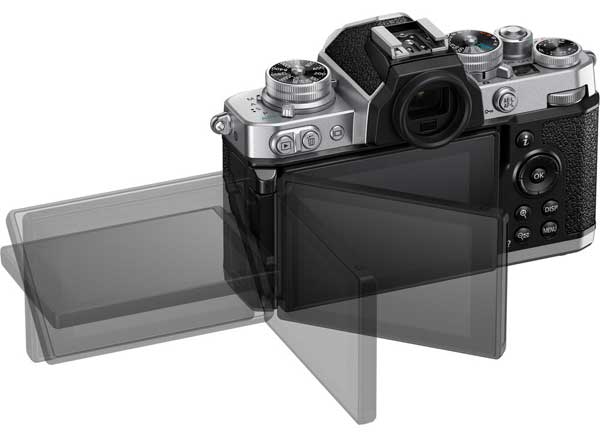
As for vlogging, the Zfc lacks the videophile-centric features found on the more expensive Nikon Z6 series. That being said, it does have plenty to address casual needs such as a flat profile, decent autofocus, HDMI-out, and a microphone jack.
Lens Kits
The Nikon Zfc comes packed body-only or with the choice of two lenses.
Nikon Z 28mm F2.8
Despite being included with the Nikon Zfc, the Nikon Z 28mm F2.8 is a full-frame lens offering the equivalent focal length of view of 42mm when attached to the Zfc. As a result, the 28mm presents a useful angle of view of 53.6 degrees, ideal for a walkabout lens.
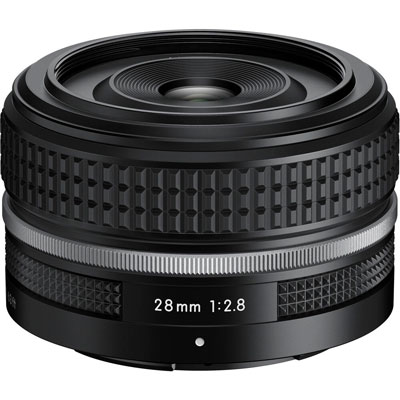
The 28mm lens comes in two colors, with the silver-banded variant (pictured) designed to match the retro-styling of the Zfc. You should note that neither this lens nor the Zfc features image stabilization.
Nikon Z 16-50mm F3.5-6.3
Released with the Nikon Z50, the Nikon Z DX 16-50mm F3.5-6.3 VR is back, and this time, it’s silver. With its absurdly useful focal range, the 16-50mm is ideal for many kinds of photography. What’s more, the 16-50mm is optically stabilized.
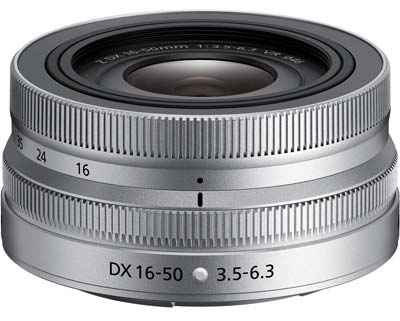
Overall, the Nikon Zfc and the Z DX 16-50mm are a match made in heaven. Not only is the DX 16-50 ideal for most kinds of popular photography, but it’s absurdly light and compact. If you only plan on using one lens, this may be the only lens you’ll ever need.
Furthermore, neither the Zfc nor the Z 28mm F2.8 features image stabilization. As a result, you’ll get smoother hand-held video footage and better low-light performance with the stabilized Z DX 16-50mm.
Who is the Nikon Zfc for?
Casual users
The Nikon Zfc is looking to be a very nice camera indeed and is hugely competitive within its price segment. If you are looking to buy a camera, rather than a camera system, I would strongly recommend the Zfc.
Not only does the Zfc look great, but its capacity for taking great-looking photos and video has already been proven with the Z50. Plus, you get a fully-articulated screen – though you do lose out on the Z50’s in-built flash.
Enthusiast
Whilst the Nikon Z fc is enthusiast-grade, the Z DX system is not. In fact, there are only two Z DX lenses in the entire range, the Nikon Z DX 16-50mm F3.5-6.3 VR and the Nikon Z DX 50-250mm F4.5-6.3.
Of course, you can mount any of Nikon’s full-frame Z lenses onto the Nikon Zfc, but doing so results in sub-optimal focal lengths, additional bulk, and inflated costs. If you intend to mount full-frame lenses, do yourself a favour and buy a full-frame camera.
If you prefer APS-C, there’s no guarantee the lens line-up will improve. Since the launch of the Z mount, Nikon has released/announced 6 full-frame Z cameras and 17 full-frame lenses compared with just 2 Z DX cameras and 2 lenses.
Because of the lack of Z DX lenses and the fact that Z DX cameras feature the full-frame Z mount, some believe that the Nikon Z50 and Zfc only exist to serve as affordable gateway cameras to hook APS-C customers into Nikon’s full-frame system. Should this be the case, it’s unlikely the Z DX system will ever be fully formed.
Personally, I would be more dismissive of this claim if Nikon hadn’t just paired the Nikon Zfc with the full-frame 28mm F2.8 kit lens.
But conspiracy theories aside, I do expect Nikon to prioritize full-frame. And if you are a demanding photographer who enjoys the balance of performance and portability that APS-C offers, Fujifilm’s X-System is loaded with almost any lens you’ll ever need.
In other words, the Nikon Zfc is a great camera living in a vastly under-nourished system. Therefore, if love the Nikon Z fc and high-quality APS-C lenses, buy Fuji’s X-T30.
Conclusion
The Nikon Zfc is one desirable camera. It matches the functionality found in the hugely competent Z50 and surrounds it in a gloriously well-built and styled body.
As a result, the Nikon Zfc will enable you to capture great-looking stills and video whilst making you look good doing it.
Whether you and the Nikon Z fc live happily ever after depends on what you expect of it. If all you need is the camera and the lens that comes with it, the Zfc is a damn fine choice.
However, if you want to expand your photography in a specific direction, such as birds in flight or portraiture, you’ll soon realize there isn’t a lens for that. Instead, you’ll have to attach a larger, heavier, and more expensive full-frame Z lens. And if that’s fine by you, you should skip the Zfc and go straight towards a full-frame camera.
Then again, full-frame is not for everyone, and if you consider a lightweight kit to be just as important as performance, you can have both. Just not with Nikon.
For instance, Sony offers a decent range of lenses designed to take advantage of APS-C sensors. Meanwhile, Fujifilm’s X system is in a class of its own.
To sum up, the Nikon Zfc is an excellent camera that resides within an under-nourished system unlikely to meet the needs of enthusiast photographers. But as a good-looking tool to capture life’s events as they unfold, the Nikon Zfc appears to be an outstanding choice. Read Nikon Zfc versus Z5 | Back to Introduction
Shop Now
Browse Nikon Zfc in
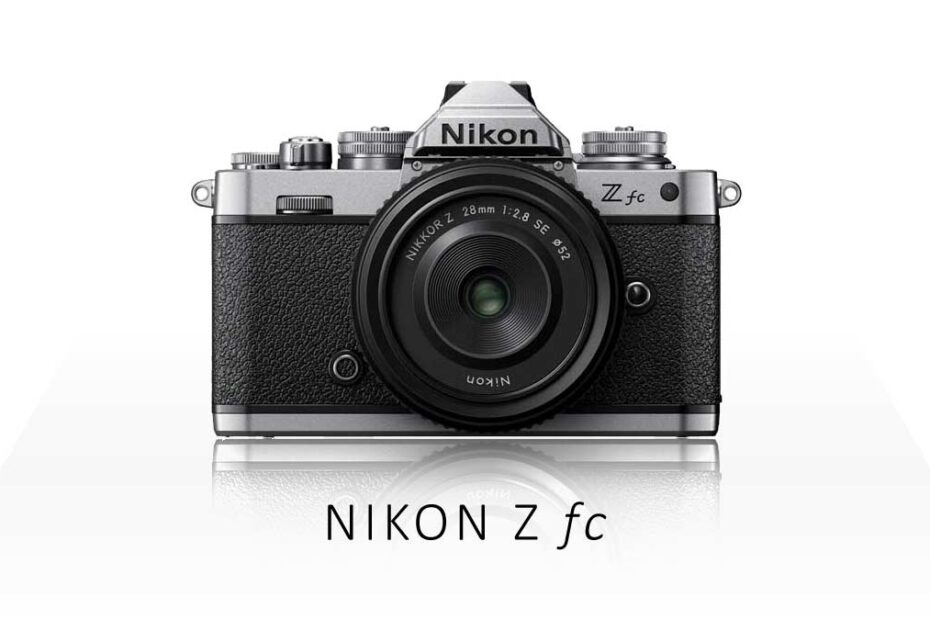
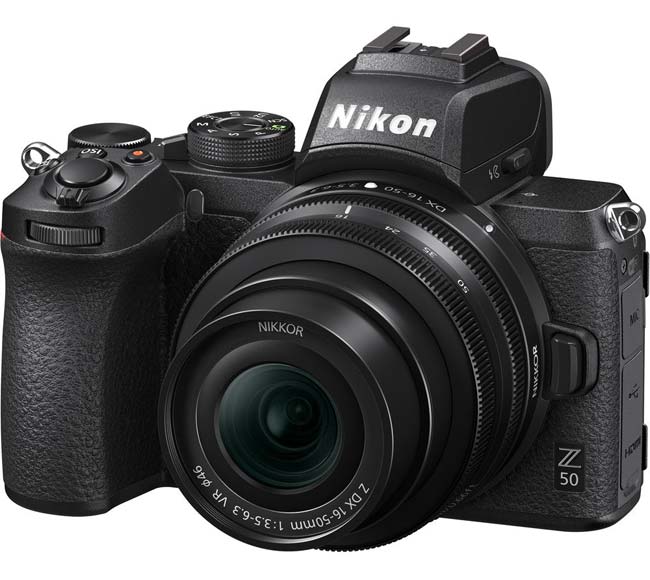
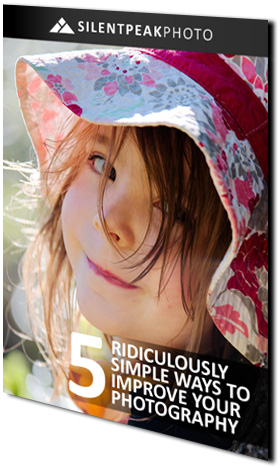
I have the Z6, Z50 and now the Z FC. The focus system on the FC is far superior to the Z6 and Z50. I have been able to capture large raptures and small song birds with the FC. I have had exceptional success with hummingbirds in flight. As for lens selection, no one seems to understand that the FTZ adapted has introduced the entire line of Nikon AF-S lenses including the 200-500 and many of the Tamron long lenses (150-600 G2).To me wildlife and birding is where the APS sensor will shine in comparison to full frame. That 50% additional reach is so valuable that I will rarely use my Z6 and will instead grab the FC or my old standby, the D500. This is a wonderful camera that is so much more valuable than the Z50 and deserves accolades for adding quality and fun to my camera inventory.
Hey Paul, you make a good point regarding the FtZ adapter, a point I could have stressed more in this post. But I would say that wildlife and bird-in-flight photography are perhaps one of the few genres where attaching oversized full-frame lenses is acceptable and even desirable (for the reasons you mentioned).
But, if I were wanting to put together a compact kit for travel or landscapes, I’d prefer native APS-C-optimized lenses. As a DX fan, I hope Nikon will release a ton of Z DX lenses (starting with a Z equivalent to the outstanding AF-S DX 35MM 1.8). At present, Nikon’s lens map shows a substantial bias to full-frame. P.S. You have excellent taste when it comes to cameras, thanks for the comment.